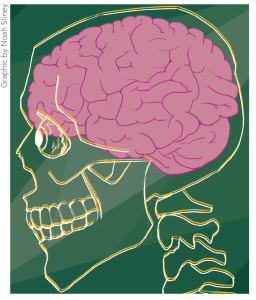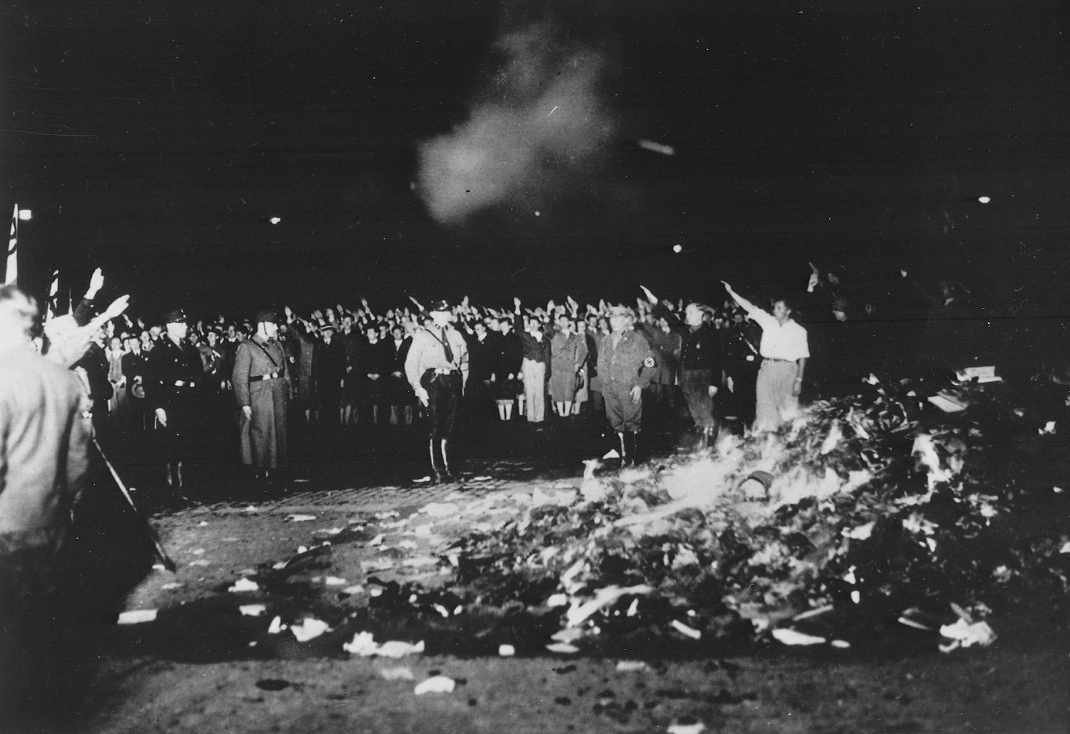What concussions are, how to recognize one and why student athletes should care about them
BY: Mary Wilson
Opinions Editor
The American Association of Neurological Surgeons defines concussions as “an injury to the brain that  results in temporary loss of normal brain function.” Concussions are typically caused by a blow to the head. While a bump to the head—or somebody getting their ‘bell rung’—might seem easy to shrug off, a concussion is a serious brain injury and can have lasting effects.
results in temporary loss of normal brain function.” Concussions are typically caused by a blow to the head. While a bump to the head—or somebody getting their ‘bell rung’—might seem easy to shrug off, a concussion is a serious brain injury and can have lasting effects.
“We try to educate [the athletes] as much as we can in regards to concussions,” said Darren Jones, Meramec’s Certified Athletic Trainer. “We do a baseline test….[which] gives us an idea of what their baseline is when they’re at normal, compared to if they were concussed. Then we do a post-injury test on them if they if they do get concussed.”
For on-the-field evaluations, there is a test called the SCAT 5.
Since concussions affect the brain, they have a plethora of symptoms, ranging from the cognitive, like confusion or difficulty concentrating, to physical symptoms like impaired balance and vision disturbance. These symptoms can make sitting in class close to impossible, let alone focusing on a lecture or long-term project, something that can be hard to understand because concussions are an invisible injury.
“The brain is a valuable tool that everyone should understand,” said Jones. “When someone gets concussed, it does affect their everything.”
According to The Mayo Clinic, “rest is the most appropriate way to allow your brain to recover from a concussion.” Students might require a temporary break from school, work and any activities that increase symptoms. The risk of starting activities and sports too soon after a head injury “increases the risk of
a second concussion and potentially fatal brain injury.”
When students with concussions return to school, accommodations from Meramec’s Access Office may be needed. The Access Office provides students with appropriate accommodations for disabilities.
“Part of our process is we ask students what they’re asking for,” said Joseph Bryant, Ed.D, JD, learning specialist at the Meramec Access Office.
According to Linda Nissenbaum, manager of the Meramec Access Office and member of the Board of Directors of the Association on Higher Education and Disabilities (AHEAD), each student is looked at on an individual basis to determine what their needs might be.
“Because someone has a head injury, and another person has a concussion or a head injury, that doesn’t mean that they will process information the same and need the same accommodations. So we rely first on the individual to tell us they have a disability, how that disability affects them in a major life activity and then what accommodations would they like us to consider for equal access,” said Nissenbaum.
Although concussions might seem scary, there is good news. If instructors are aware of the injury, they are typically understanding, according to Nissenbaum.
“When instructors get an instructor notification sheet from the student… they have a conversation with the instructor about it…they talk about how they can use those accomodations in the classroom, what kinds of things they need,” said Nissembaum. “For instance, if they need a notetaker, they can ask the instructor to help them find a notetaker. If the instructor has any questions, they can talk to the person with the disability, and they can also call our office…We help them to understand what’s reasonable and what’s not reasonable.”
Students that might have a concussion should get their injury checked out by a medical professional quicky and follow treatment guidelines as close as possible. It’s important not to rush recovery. And if a student needs accommodations in the classroom, the Access Office can help.











